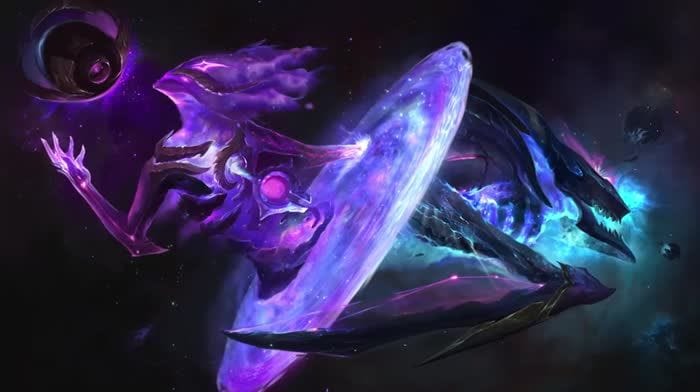The James Webb Space Telescope (JWST), a marvel of modern astrophysics, has recently achieved a significant milestone in our understanding of the universe’s infancy. By identifying 44 stars that emerged shortly after the Big Bang, the telescope has opened new avenues for research into the early cosmos. This discovery is not merely a testament to the capabilities of the JWST but also a crucial step in unraveling the mysteries surrounding the formation of stars and galaxies in the nascent universe.
The JWST, launched in December 2021, was designed to observe the universe in infrared wavelengths, allowing it to penetrate cosmic dust clouds and reveal objects that are otherwise obscured from view. This capability is particularly important when studying the early universe, as the first stars and galaxies emitted light that has since traveled billions of years to reach us. The light from these ancient celestial bodies is redshifted due to the expansion of the universe, making infrared observations essential for their detection.
The discovery of the 44 ancient stars is significant because it provides astronomers with a rare glimpse into a time when the universe was still in its formative years. These stars are believed to have formed between 100 million and 400 million years after the Big Bang, during a period known as the “cosmic dawn.” This era is critical for understanding the processes that led to the reionization of the universe, a phase when neutral hydrogen atoms were ionized by the intense radiation from the first stars and galaxies.
The identification of these stars was made possible through a combination of advanced imaging techniques and data analysis. The JWST’s Near Infrared Camera (NIRCam) played a pivotal role in capturing images of these distant objects. By observing the faint light from these stars, astronomers were able to determine their properties, including their temperature, mass, and composition. The findings suggest that these stars were likely more massive than many of the stars we observe today, which could have implications for our understanding of stellar evolution and the chemical enrichment of the universe.
One of the key challenges in this research was distinguishing these ancient stars from other celestial objects, such as galaxies and quasars, that also emit infrared light. The team employed sophisticated algorithms to analyze the data collected by the JWST, enabling them to isolate the signals from the stars of interest. This meticulous process highlights the importance of both advanced technology and human ingenuity in the field of astrophysics.
The implications of this discovery extend beyond the identification of these 44 stars. Understanding the characteristics of early stars can provide insights into the formation of galaxies and the distribution of elements in the universe. The first stars are thought to have been composed primarily of hydrogen and helium, the lightest elements created during the Big Bang. As these stars evolved and eventually exploded as supernovae, they enriched the surrounding gas with heavier elements, paving the way for the formation of subsequent generations of stars and planets.
Moreover, this discovery prompts further questions about the nature of dark matter and dark energy, which play crucial roles in the evolution of the universe. The early universe was a hotbed of activity, with matter and energy interacting in complex ways. By studying the light from these ancient stars, astronomers hope to gather more information about the conditions that existed during this pivotal time in cosmic history.
The JWST’s ability to peer back in time is a testament to the advancements in space technology and our growing understanding of the universe. As scientists continue to analyze the data collected from this mission, it is expected that more discoveries will emerge, further enriching our knowledge of the cosmos. The identification of these 44 stars marks a significant step forward in the quest to comprehend the origins of the universe and the processes that shaped it.
In conclusion, the discovery of 44 stars formed shortly after the Big Bang by the James Webb Space Telescope represents a landmark achievement in the field of astronomy. This finding not only enhances our understanding of the early universe but also sets the stage for future research that will explore the intricate connections between the first stars, galaxies, and the overall evolution of cosmic structures. The journey to uncover the secrets of the universe is far from over, and the JWST is poised to lead the way in this exciting exploration.



